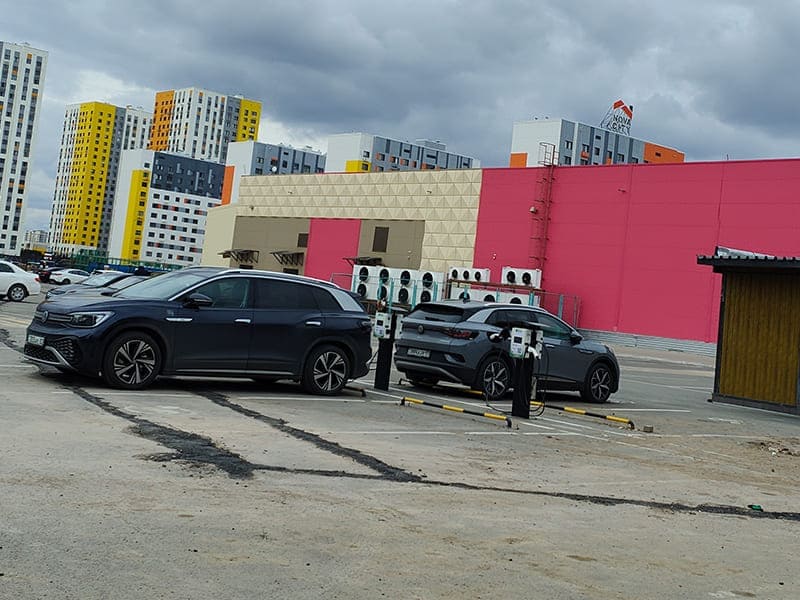The shift toward electric vehicles is accelerating, but widespread adoption depends on one critical factor: accessible and reliable Electric Car Charger Stations. Cities worldwide must retrofit existing infrastructure to support the growing number of EVs on the road—or risk falling behind in the clean energy transition.
This article examines how urban centers can integrate Electric Car Charger Stations into their landscapes to facilitate mass EV adoption.
The Urgent Need for Urban EV Charging Infrastructure
With governments setting ambitious targets to phase out gas-powered cars, cities must act quickly to expand charging networks. Key challenges include:
Range Anxiety – Drivers need convenient charging options to feel confident switching to EVs.
Limited Home Charging – Apartment dwellers and street-parked vehicles lack private charging access.
Grid Capacity – Smart energy management is required to prevent overloads from high-power chargers.
Strategies for Retrofitting Cities with EV Chargers
1. On-Street Charging for Urban Dwellers
Many city residents lack driveways or garages, making public curbside charging essential. Solutions include:
Lamppost Chargers – Converting streetlights into low-cost charging points.
Dedicated EV Parking Zones – Installing chargers in residential areas with high EV ownership.
Dynamic Pricing – Encouraging off-peak charging to balance grid demand.

2. Charging Hubs in High-Traffic Areas
Shopping districts, transit stations, and business zones should host fast-charging hubs to serve:
Ride-hailing & Taxi Fleets – Ensuring EVs can recharge between trips.
Last-Mile Delivery Vehicles – Supporting the electrification of urban logistics.
Tourists & Commuters – Providing quick top-ups for drivers on the go.
3. Workplace & Fleet Charging Solutions
Employers and municipal fleets can lead by example by:
Installing Chargers in Office Parking Lots – Encouraging employees to switch to EVs.
Electrifying Public Transport & Service Vehicles – Buses, garbage trucks, and police fleets need dedicated charging depots.
4. Smart Grid Integration & Renewable Energy
To avoid straining power networks, cities should:
Use Battery Buffers – Storing renewable energy to supply chargers during peak times.
Implement Load Management – Prioritizing charging based on grid capacity.
Pair Chargers with Solar Canopies – Making charging stations energy-independent.
The Road Ahead: Policy & Investment
To achieve mass EV adoption, cities must:
Mandate EV-Ready Building Codes – Requiring chargers in new constructions.
Offer Incentives for Private Installations – Tax breaks or grants for businesses and homeowners.
Partner with Charging Networks – Accelerating deployment through public-private collaborations.
Retrofitting urban areas with Electric Car Charger Stations is no longer optional—it’s a necessity for sustainable mobility. By implementing smart charging solutions, cities can reduce emissions, support economic growth, and ensure a smooth transition to an all-electric future.
The question isn’t if cities need more chargers—it’s how fast they can install them.Stay updated on the latest in EV infrastructure trends and urban planning strategies.aegen is a manufacturer of Electric Car Charger Stations that help carrier companies provide solutions. The future of transportation is electric—will your city be ready?
